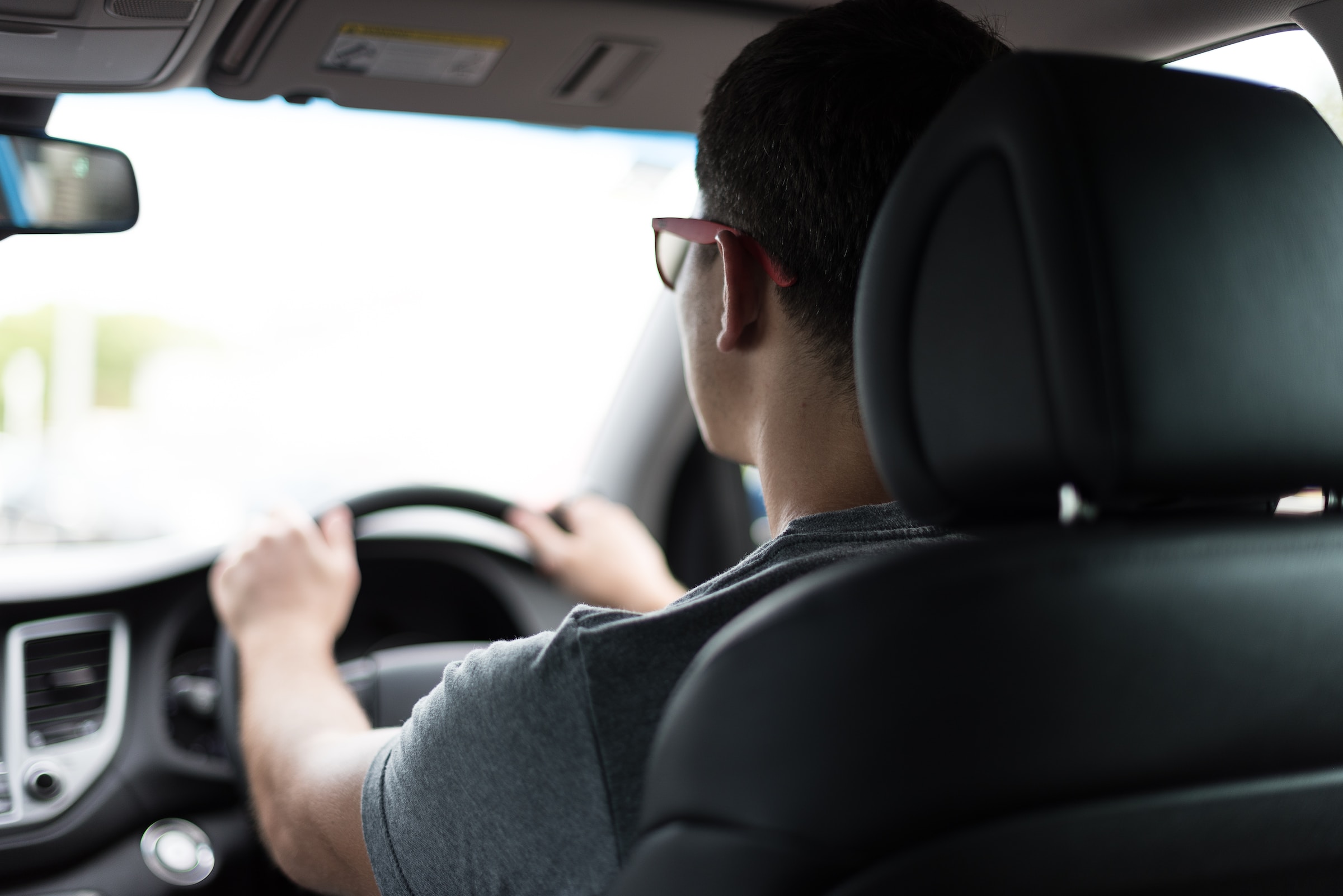>14
Nov

14
Nov
Not adhering to the right eyesight regulations while driving can be dangerous and costly. Eyesight can deteriorate over time, so even if your sight was fine when you first started driving, you should make sure you regularly get your eyes tested to ensure your sight meets the necessary requirements.
Below, we look into the legal eyesight requirements for driving in the UK, and when you need to report changes to the DVLA.
According to the Government website, drivers must be able to read a car number plate from 20 metres away. An individual can use glasses or contact lenses to do this if needed.
Drivers also need a visual acuity of at least decimal 0.5 (6/12) on a Snellen chart. A Snellen chart is the standard eye test that features rows of letters decreasing in size. The person being tested needs to be able to read the letters from six metres away to determine their visual acuity. Drivers can achieve the required visual acuity with glasses or contact lenses if required.
Drivers must also have an adequate field of vision, which is at least 120 degrees horizontally. An optician will be able to test for field of vision during an eye examination.
You do not usually need to take an eye test with an optician to get your driving licence. As part of your driving test, you will be asked to undertake a small eye test on the day, before you take the test. You’ll be asked to read a number plate on a parked vehicle from around 20 meters away. If you normally use glasses or contact lenses, you’ll be able to use them when reading the plate.
If you get the number plate wrong three times, you’ll automatically fail your driving test. The driving test provider will let the DVLA know that you failed based on the eye test and you’ll get your driving licence revoked.
You can reapply for your driving licence, but you’ll need to take an eyesight test with the DVSA at a driving test centre. If you pass this eye exam, you’ll be able to take your driving test.
When applying for your driving licence, you should include that you wear glasses. However, if you develop the need to wear glasses while driving for longsightedness or shortsightedness after you’ve got your licence you do not legally need to inform the DVLA. You should also let your car insurance provider know, as it could invalidate your car insurance if you’re found to be driving without your glasses.
You will need to tell the DVLA if you develop a medical condition that affects your eyesight that isn’t longsightedness or shortsightedness or being colour blind. The government website has an A-Z list of medical conditions that you should report to the DVLA. IT includes eyesight issues such as cataracts and glaucoma.
If you don’t report a necessary medical condition, you could face a fine of up to £1,000 and even prosecution if you have an accident when driving.
Depending on the medical condition, you might be asked to go for a field of vision and/or eyesight test. If you don’t pass, you may have your driving licence revoked, but if you do pass the test, you’ll be able to continue driving.
GetCarFinanceHere can find you the best car finance deals from our network of lenders. We can help new drivers get on the road with first car finance, or help those with poor credit scores find their new car with car finance for bad credit. You can apply for car finance online today or contact us for more information.
Thank you for your interest. Please fill out the form below to Request a call back and someone from our team will get in touch shortly.